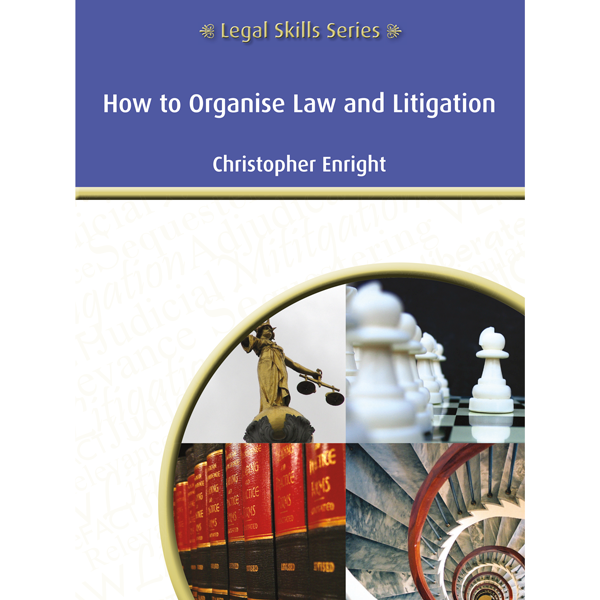
How To Organise Law and Litigation
by Christopher Enright
Organising law is a much neglected skill. There are two aspects:
- Macro organisation: This involves organising an area of law in a law subject or in a statute. It is the key to obtaining a general understanding of it by knowing how the piece of of the area of law fit together.
- Micro organisation: This involves organising a legal rule. Most legal rules have a standard structure. They have elements which define the types or categories of facts to which the rule applies. Then the rule applies to facts it brings consequences.
Litigation that involves a dispute of fact has a simple structure. A paintiff's case rests on a rule that gives them a right to sue if they can prove the facts that fall within the categories that the elements of the rule delineate. Each element has to be matched by a fact of this kind. Each fact that is disputed has to be proved by evidence. A similar structure applies to the remedy that the rule provides to a successful plaintiff.
![]() Click here for an in-depth description of this title.
Click here for an in-depth description of this title.
104 pages softcover
About the Author
Christopher Enright is a chartered accountant, barrister and solicitor. He has lectured in law at several universities. He specialises in legal method.

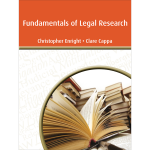 Fundamentals of Legal Research
Fundamentals of Legal Research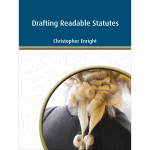 Drafting Readable Statutes
Drafting Readable Statutes Anatomy of a Privative Clause (2nd Edition)
Anatomy of a Privative Clause (2nd Edition)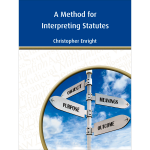 A Method for Interpreting Statutes
A Method for Interpreting Statutes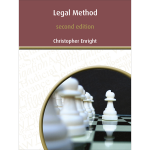 Legal Method (2nd Edition)
Legal Method (2nd Edition)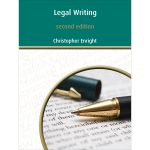 Legal Writing (2nd Edition)
Legal Writing (2nd Edition)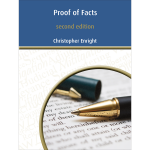 Proof of Facts (2nd Edition)
Proof of Facts (2nd Edition)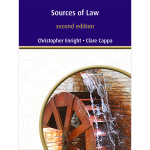 Sources of Law (2nd Edition)
Sources of Law (2nd Edition)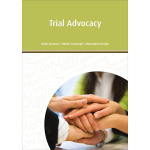 Trial Advocacy
Trial Advocacy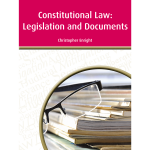 Constitutional Law: Legislation and Documents
Constitutional Law: Legislation and Documents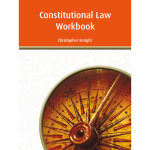 Constitutional Law: Workbook
Constitutional Law: Workbook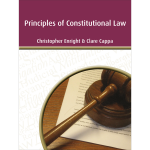 Principles of Constitutional Law
Principles of Constitutional Law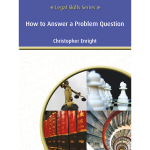 How To Answer a Problem Question
How To Answer a Problem Question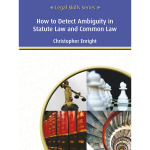 How To Detect Ambiguity in Statute Law and Common Law
How To Detect Ambiguity in Statute Law and Common Law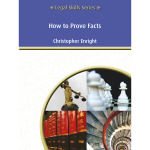 How To Prove Facts
How To Prove Facts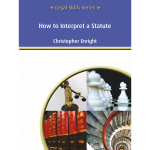 How To Interpret a Statute
How To Interpret a Statute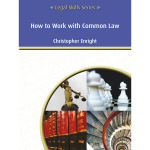 How To Work with Common Law
How To Work with Common Law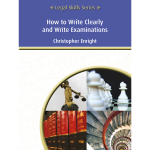 How to Write Clearly and Write Examinations
How to Write Clearly and Write Examinations